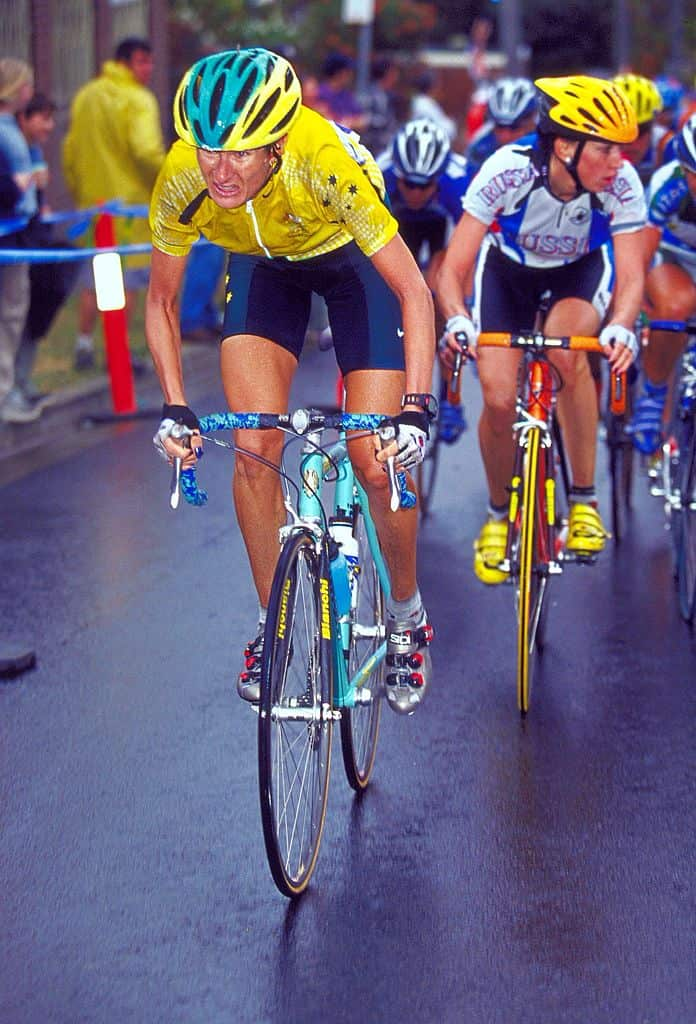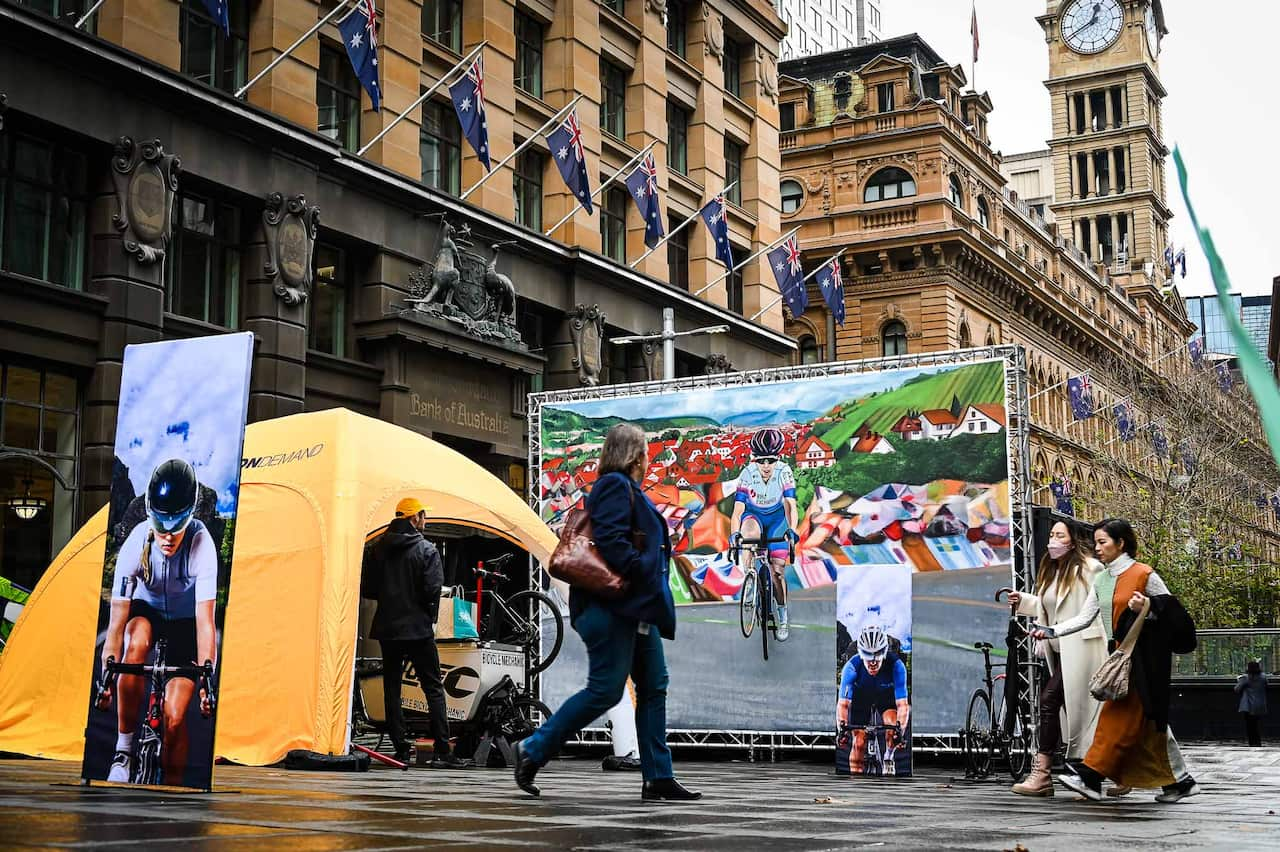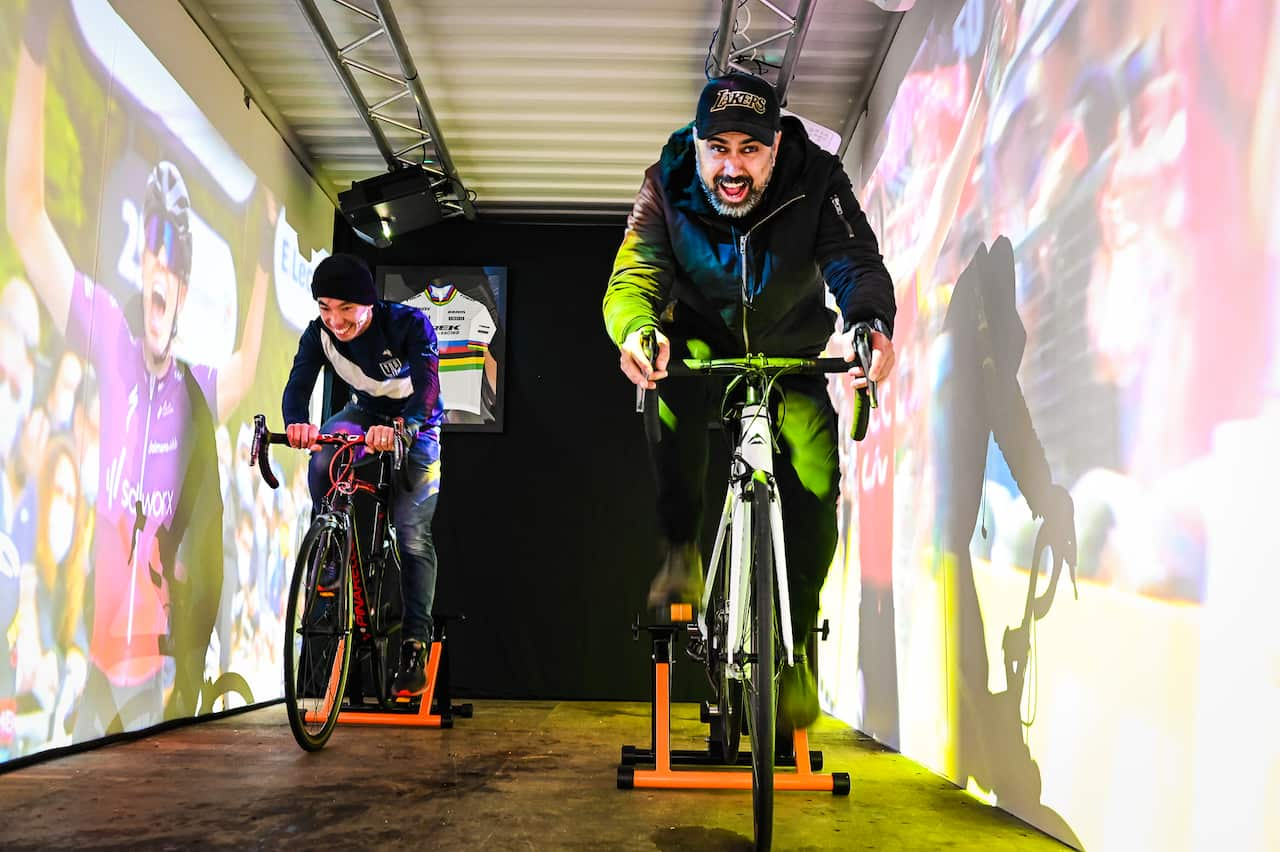If I could send a message to my past self, what would it be?
This is what I thought the first time I noticed, “Dear 12, 16, 20, x-year-old me”, trending on social media.
The answer came fairly quickly.
“Trust your instincts. But keep them well calibrated.”
If I’m honest, given the many challenges of time travel, I’ve always felt a sentence or two would have more chance of arriving in 1990-something than a long letter. Plus, I’ve never been one for spoilers.
The message, while brief, is hopefully useful advice for navigating life’s less obvious twists and turns.
The calibration part is an important caveat. A reminder to stay curious, to test assumptions and never stop learning.
Something telling about sending that message from the here and now is that earlier 'me’s' worked enough things out to become the person sitting here telling this story today. An important part of that journey has been shaped by the world of bikes.
Flashback to 1998
When I was 16, my mum, wanting to see if I would fit a bike she was about to buy for herself, took me to our local bike shop.
After chatting to the bike shop staff about road bikes, they pointed to a second-hand aluminium Repco Olympic 14 in my size (almost), which they were selling for about $350. Fourteen was the number of gears it had. My mum ended up buying two bikes that day – this one for me and a more recreational bike for her.
I rode that Repco Olympic 14 everywhere. I rode it to parties. I rode it into and out of the city. I rode it to school instead of catching the bus. I rode it for the sake of just riding, always trying to push further and faster to discover what that felt like. I rode it wearing loose-fitting men’s Lycra because women’s cycling clothing was difficult to find.
Keen to discover more, I bought a copy of Ride magazine at our local newsagent. People get hooked on cycling for all kinds of different reasons: the landscapes, the hill climbs, the bike tech. I noticed none of that when reading the mag. I couldn’t stop looking at all the impressively shaped legs, especially around the knees.
“What might my body look like if I keep riding the way that I am?” I thought, flicking backwards and forwards through the mag.
I searched every page for a photograph of a woman. I eventually found a headshot of someone called Tracey Gaudry in a section at the back listing race results. I cut out the passport-like photo and stuck it on my wall.
I continued to ride as hard and as far as my body would let me. In the absence of a clear pathway or role models to follow, I let my curiosity and instincts direct the way instead.

Tracey Gaudry of Australia in action during the Women's Cycling Road Race at Moore Park on Day 11 of the Sydney 2000 Olympic Games. Mandatory Credit: Mike Powell /Allsport Credit: Mike Powell/Getty Images
Flash-forward to 2022
Three months ago, I tuned into SBS to watch the Paris Roubaix Femmes – a classic, cobbled, event-filled road race. First raced by men in 1896; first available to female riders in 2021, it was being broadcast live on TV.
Live. In my lounge room. With an all-female panel – Kate Bates, Gracie Elvin and Bridie O’Donnell – discussing the racing as it happened.
In addition to their analysis of what was happening there and then, they asked each other questions which drew out the rich experience and intelligence they’d amassed from careers racing bikes at that level as well.
I’ve learned so much from expert commentary and analysis in the years and races before this one. But this was the first time I’d heard women riders outside my own friendship groups engage in extended conversation about tactics, insights, teams, riders, and stories from their racing past – stories about events I had long wished to hear so much more about, as well as pro-level intel on tactics and the behind-the-scenes of elite female bike life. This wasn’t a quick segment or short interview, it was an opportunity to really listen and learn from women I had long looked up to.
This experience may not have been the first time others had heard and seen this type of coverage, but it was certainly new for me. It was an experience that, for the first time in my life, made me wonder how things might have been different if my 16-year-old, bike-curious self could have seen, heard and felt, something I witnessed for the first time at 40.
In that moment, I wanted to add a few words to the message to my 16-year-old self – the girl who hunted out that tiny picture in a magazine and stuck it on her wall: “trust your instincts. Keep them well calibrated". And also: "the future for cycling is so incredibly exciting and bright. You are going to continue to love it and be surprised by it in more ways than you can imagine".
Implicit in this message, I hope, is the confidence to keep choosing bikes when the choice doesn’t always feel easy or the route ahead seems interesting but unclear. If we really do work out how to send messages back in time, I hope this one is still short enough to make the journey intact.
More realistically, I wondered what seeing, hearing, feeling and experiencing such a greater depth of exposure to cycling might mean for 16-year-old girls today: to have role models, with interests, goals and bodies perhaps not so different to them. People who had experienced journeys and challenges today’s 16-year-olds might dream of one day following in, even just a little bit. To see pathways for doing so, and to have a heads up about some of the challenges, opportunities and logistics that might involve.
In my own life, a lack of visibility for any kind of cycling-related pathway led to some exceptional outcomes and experiences. Without footsteps (or pedal strokes) to directly follow in, I’ve been lucky to experience opportunities in racing, travel, education and my career that may not have come my way if people were already doing them or knew more about them.
In my late 30s, my health took a complicated turn. I was eventually diagnosed with disabilities I’d had my whole life. The best medicine? Cycling - in addition to a number of other strategies and supports. These explain many of my instincts and continue to keep them well calibrated.
If I look at other friends I’ve met through riding bikes over the years, it’s clear that this sport has had a tremendous impact on their lives as well. Some also found careers that built on their love of cycling and took it into new territory. For others, cycling is something that remains important alongside a full life of other interests, people and things. At one point, due to these connections and a shared love of the sport, I even found myself on a social ride with two-time Olympian (among many other on and off-bike achievements), Tracey Gaudry.
Right here. Right now.
In writing this article, I’m not saying I wish things had been different. Rather, I’m providing background because I can’t help but wonder how increased visibility for different kinds of people and pathways in cycling might enable others now.
This week in Martin Place, in the heart of Sydney's CBD, there was an installation as part of the lead-up to the Tour de France Femmes.
Footage of women racing filled the inside walls of a shipping container. Outside it, there was a 4x6-metre mural of Amanda Spratt, a rider whose speed, consistency and determination have seen her amass a list of top-level palmares and experiences for over a decade.
There was a tent where people could drop by for free bike repairs. Most people who came past wanted to talk about the high-end bikes on display and feel how much they weighed.

The Tour de France Femmes pop-up in Martin Place, Sydney
When I first began riding in Sydney, I would often be the only one on a bike at the traffic lights. Now, it’s estimated that around 6,000 cyclists pass through this part of the CBD per day.

Cycling fans try their luck on the bikes at the Tour de France Femmes pop-up in Sydney
Right here. Right now.
WATCH the 2022 Tour de France Femmes avec Zwift LIVE and EXCLUSIVE on SBS, and the SBS ŠKODA Tour Tracker App from 9:30pm (AEST) on July 24. We will also broadcast the Teams Presentation from 7:20pm (AEST) on July 24 LIVE via SBS On Demand.











